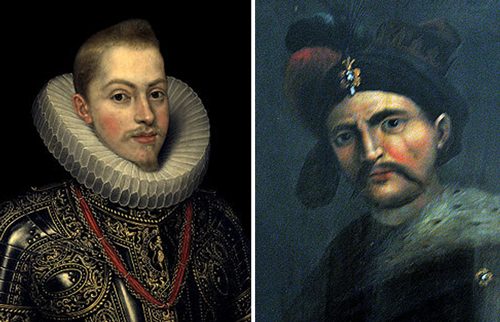Alberto Rubio
Between Isfahan, in Iran, and Valladolid, in Spain, there are 6,388 kilometres taking the shortest route and the trip can be made in 66 hours by road. However, the first Persian ambassador that came to the Spanish Court, in August 1601, had to cover more than 9,000 kilometres, investing more than two years in this journey, before introducing himself to King Felipe III.
Why two kingdoms as distant as these, which had never been in direct contact, decided to establish diplomatic relations? Especially, if one takes into account that Spain was the bastion of Catholicism and Persia had embraced the Muslim Shiism as its hallmark facing Arabs and Turks.
The answer was halfway: the Ottoman Empire. Felipe III hoped that Sah Abbas the Great distracted the war efforts of the Sublime Porte, when Spain was fighting in too many fronts and needed a Mediterranean at peace as well as refloating the weak royal funds.
Sah Abbas was also hoping that the alliance, where he wanted to include the main European empires, helped him defeat his great enemy, who had taken important areas of territory from Persia in the past such as Karabakh, Kurdistan, Azerbaijan, Ganja, Lorestan and some parts of Georgia.
Besides, both parties had trade interests. For Spain, it was very important that Sah Abbas acted, facing the Ottomans, as a protective wall for the Portuguese possessions in Asia. Persia wanted to keep benefiting from trade with Europeans.
It was not the first time that Spain regarded Persia as an ally facing the Turks. Emperor Charles V had already tried to establish diplomatic relations with Sah Ismail, and King Felipe II wanted to send a mission to the court of Sah Tahmasb, as doctor Nazanin Mehrad tells in his book “Diplomatic relations between Safavid Persian and Felipe III of Spain”.
Hosein Ali Beg, a senior official of the Quizilbash –who had helped established the Safavid dynasty in the power-, was the dignitary appointed by Sah Abbas the Great to take his message to the Catholic King. Nevertheless, his mission was not very productive: he did not get the Spanish monarch to open a new front against the Ottoman Empire. After spending less than a year in Valladolid and with much less entourage than at the beginning of the journey (three of his secretaries turned to Catholicism and stayed in Spain) he returned to Isfahan.
The opportunity was lost, despite of the fact that Felipe III sent a delegation of members of religious orders to Persia in 1602 and Luis Pereira de Lacerda in 1603. However, the confirmation of the Spanish King not having intentions to start a war with the Ottoman Empire definitely closed a relationship as ephemeral as extraordinary in the 17th century.
Tomorrow: “Juan, Felipe and Diego of Persia: Muslim converts in the Spanish Court”







